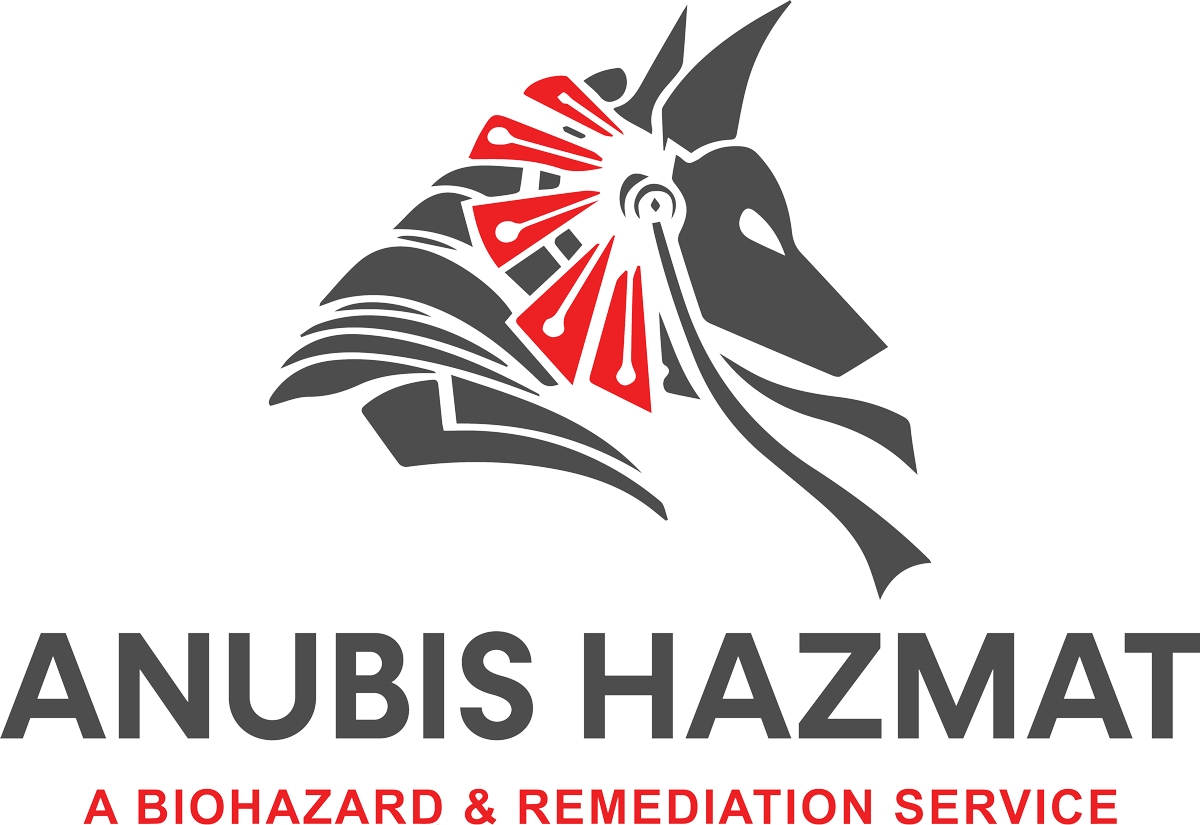You Should Be Cautious of These Types Of Biohazards
Any biological item, such as plants, microbes, animals, or their byproducts that pose a threat to the health of living beings, is referred to as a biohazard. The COVID pandemic has made us all more aware of what a biohazard is and how to protect oneself from one, but that is only the beginning.
You might not know that you come into contact with biohazards on a regular basis. You may come across a potential biohazard in your home, at work, in a school, or even in a hospital or clinic. If you come across something you suspect is a biohazard, proceed with caution.
Some of these things can cause minor problems such as headaches and stomachaches or more significant issues such as infection, diseases, and even death. In some cases, they could be contagious, so if there’s a need for clearing and cleaning, enlist the assistance of experts who clean biohazards on a regular basis.
Below are some examples of biohazards so that you’ll know which substances to stay away from.
Bodily Fluids of Humans
Semen, cerebrospinal fluid, pleural fluid, vaginal secretions, pericardial fluid, amniotic fluid, saliva, and peritoneal fluid are all examples of fluids that can be found in the body. Many diseases can be communicated by bodily fluids. Bodily secretions like saliva can spread the coronavirus, mononucleosis, and a variety of other diseases.
Proper cleaning and professional disinfection services are effective ways to avoid the spread of these diseases.
Blood and Blood Products from Humans
Items contaminated with blood, as well as other biological fluids or tissues containing visible blood, fall into this category. Blood can carry bloodborne viruses like HIV or AIDS.
This is why personal protective equipment and professional biohazard clean-up training are so crucial when you encounter a scene with visible blood.
Waste from Animals
Animal waste includes carcasses, body parts, meat or meat-based products, as well as any bedding material used by animals known to be infected with pathogenic organisms and animal excrement. It’s critical to use PPE when handling these items. PPE is also needed to dispose of contaminated materials and sanitize the area properly.
Medical Waste
Human tissue, organs, or surgical specimens such as biopsy materials or physiological fluids from medical procedures or autopsies are sometimes referred to as pathological waste.
Materials from veterinary clinics and hospitals are also included in this category. Some of these materials may pose a biohazard and should always be disposed of by a certified medical waste disposal agency.
Microbiological Waste
These are the objects you see in movies with all of the deadly diseases on them. Specimen cultures, disposable culture dishes or Petri dishes, discarded viruses, and instruments used to transfer or mix cultures are all common in a laboratory.
This type of waste is anything that comes into contact with or contains spores, germs, molds, viruses, or cultures. Depending on what these carried, they could cause a serious outbreak of a communicable disease.
Sharps Waste
Needles, glass slides and coverslips, scalpels, IV tubing with a needle attached, and other items are common examples of sharps waste. It also refers to shattered glass that may contain blood or bodily fluids, as well as anything sharp that is contaminated yet cannot be thrown away in our standard medical waste bins.
Conclusion
Cleaning up bloodborne pathogens isn’t just for doctors and nurses. When biological fluids are present on a surface, major health implications like illness might occur. Contaminated sites must be carefully removed and cleaned; otherwise, they will contribute to unhealthy and unsafe situations.
If you’re looking for a thorough biohazard clean-up in Florida, don’t hesitate to contact Anubis Hazmat. We specialize in biohazard and remediation services. Check out our services today!

